This podcast found in:
- Raw RecipesRaw Recipes Index
- MoreGoodies, About, Praise + More
- StoreApps, Courses + More
- CelebrateSeasonal Suggestions
- New To Raw?Start Here
- WellnessCreating Healthy Habits
- CommunityRawtarian Community
Hello Beautiful!
It looks like you're new to The Rawtarian Community. If you'd like to get involved, click one of these buttons!
Login to Community Signup for an account Login using FacebookTrending Community Recipes
Latest in the Community Forum
-

acquistare propranolol ordinare in linea senza abbonamento durante la notte $
Razveest - 58 sec ago -

Imovane Rabais. Imovane Pharmacie En Ligne Reunion. Montpellier — France
Aprodal - 1 min 8 sec ago -

Zopiclone Without recipe. How to get ahold of Zopiclone. Folkestone — United Kingdom
Astramed - 1 min 46 sec ago -

Celexa Ohne Rezept. Kaufen Sie Celexa online ohne RX. Hannover — Deutschland
Alesara - 1 min 52 sec ago
-
- Community









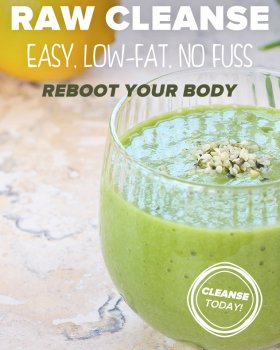














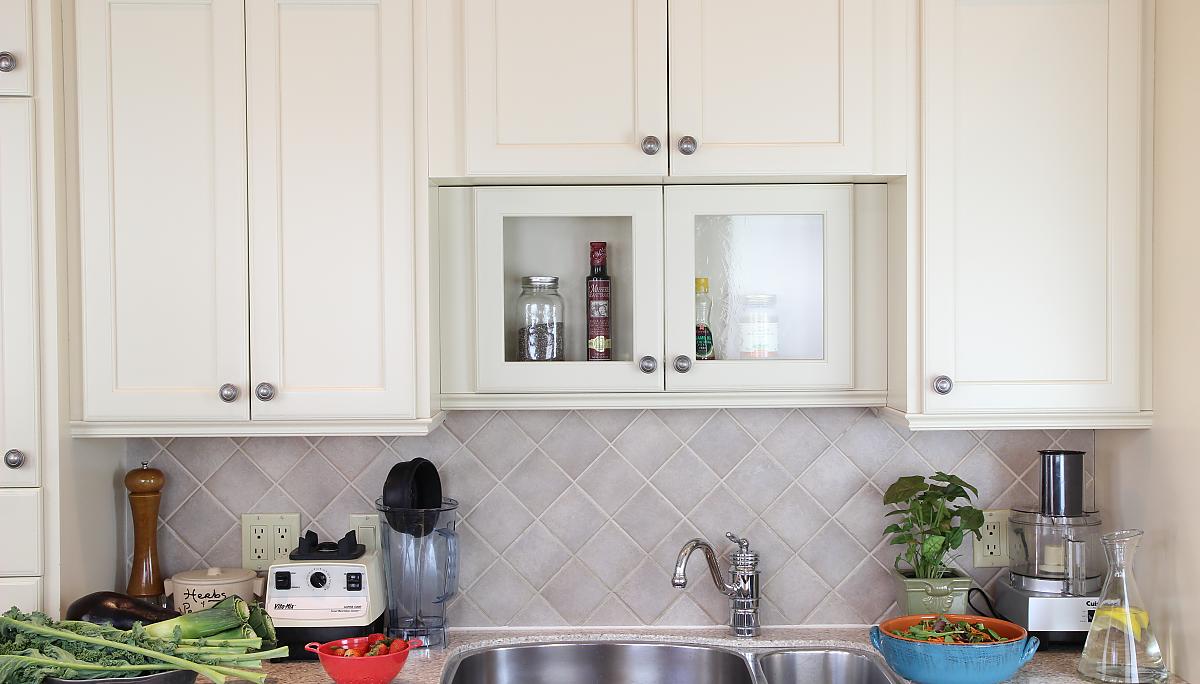
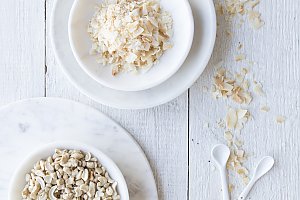
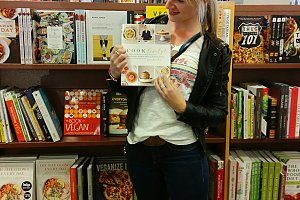
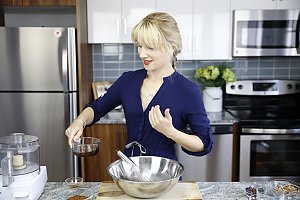
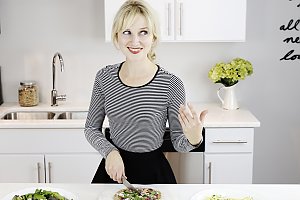
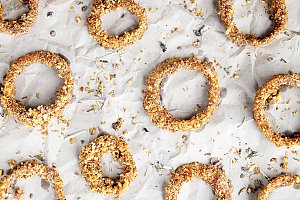
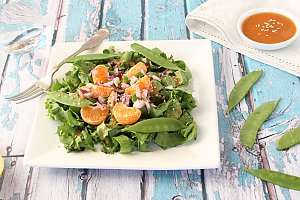
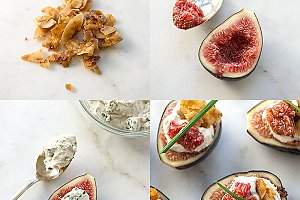
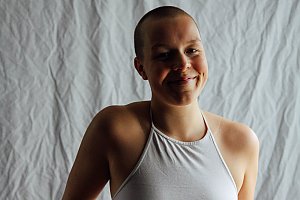
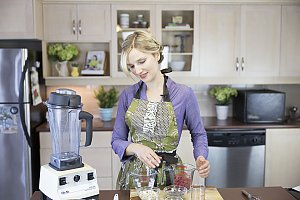
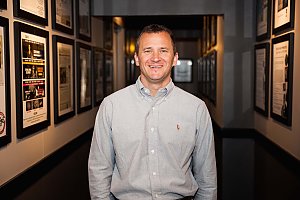

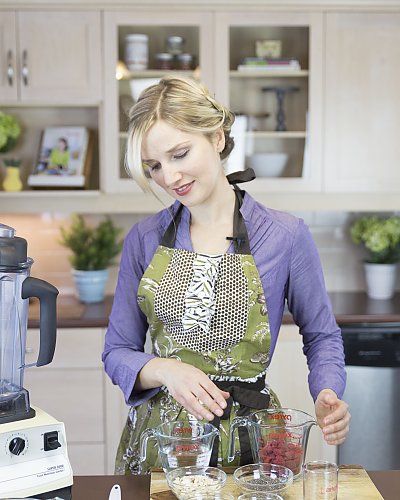
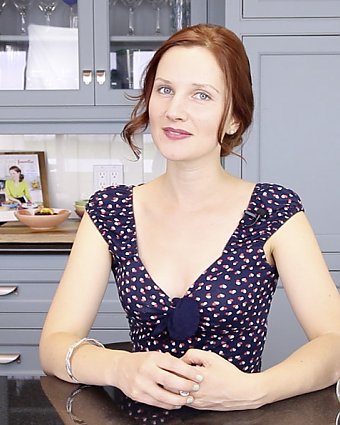
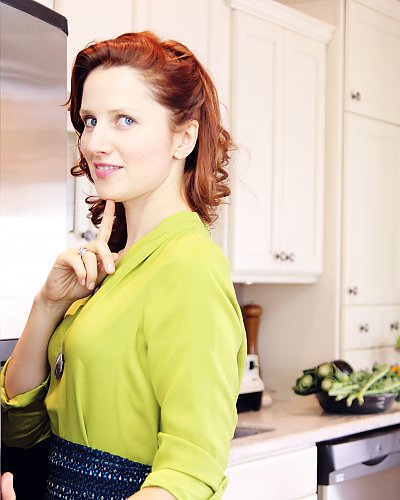
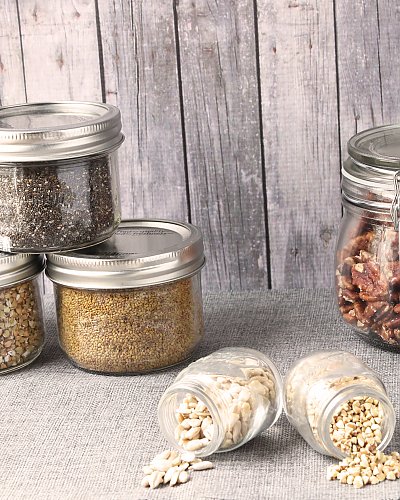





















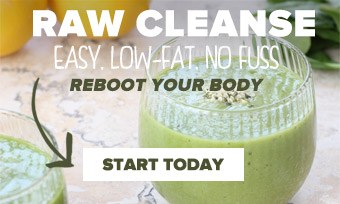
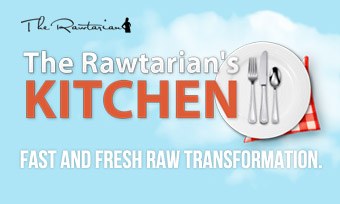
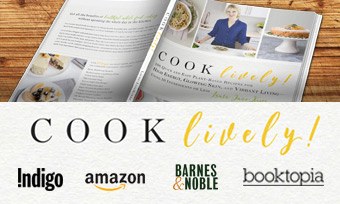
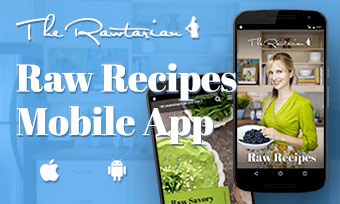
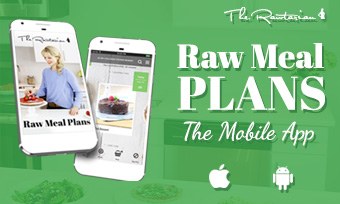

Top voted
All
Leave a Comment
The Rawtarian wants to hear from you! Let's get the conversation going! Leave a comment or review below.